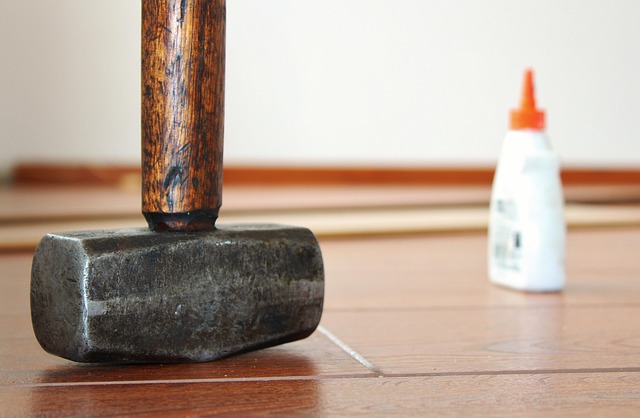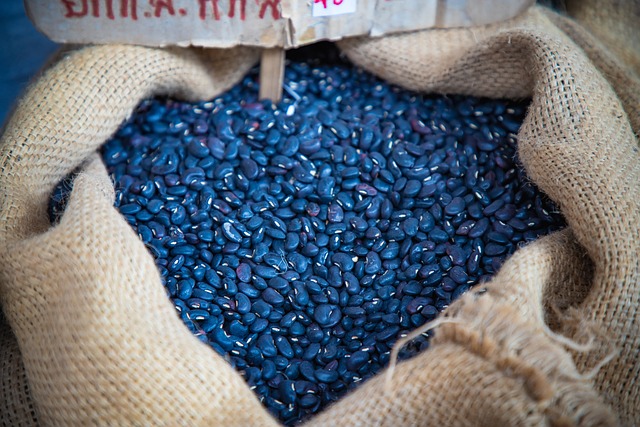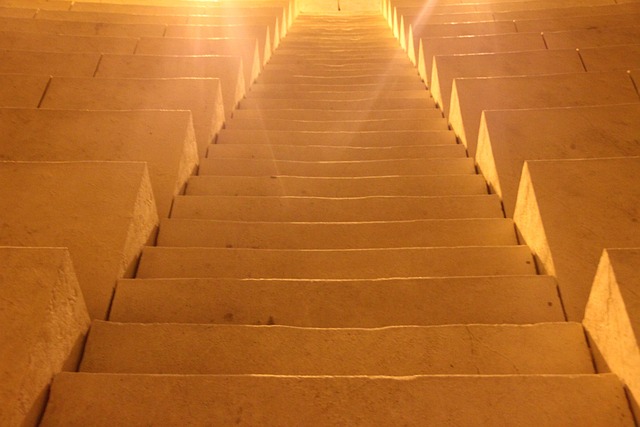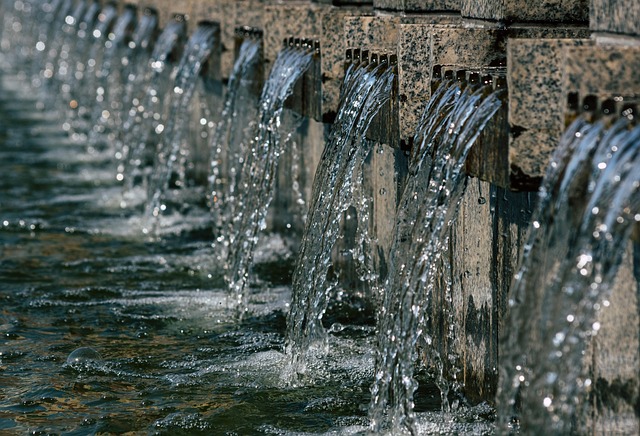Strengthen Glue Laminations: Top Durability Strategies for Beams

The selection of adhesives and careful preparation are key to ensuring the durability of glue laminated beams (glulam), which offer superior strength,…….
In the realm of construction and engineering, the quest for durable and reliable structural components is paramount. Among these, Glue Laminated Beams (GLBs) have emerged as a game-changer, offering exceptional strength and versatility. This article delves into the intricate world of GLB durability, exploring its various facets, from technical definitions to global implications. By understanding the factors that contribute to GLB longevity, we can ensure safer, more sustainable built environments. Readers will gain valuable insights into this critical aspect of modern construction, enabling informed decisions and strategies for future projects.
Definition: Durability, in the context of Glue Laminated Beams, refers to the ability of these structural elements to withstand environmental factors, mechanical loads, and time without significant degradation or failure. GLBs are created by bonding multiple layers of wood or plywood together using high-performance adhesives, resulting in a strong, stable beam.
Core Components:
Historical Context: The concept of glue laminating wood dates back to the early 20th century, but it was in the latter half that advancements in adhesive technology and manufacturing processes revolutionized its application. Today, GLBs are widely used in construction for their lightweight yet robust properties, particularly in modern architectural designs.
Significance: Durability is a critical aspect of GLB performance, ensuring structural integrity over extended periods. This is essential for cost-effectiveness, as repairs or replacements due to failure can be costly and time-consuming. Additionally, in extreme weather events or seismic activities, durable GLBs contribute to the overall safety and resilience of buildings.
The durability of Glue Laminated Beams has a profound global impact, influencing construction practices across diverse regions:
| Region | Key Trends & Influences |
|---|---|
| North America | Stricter building codes drive the demand for durable GLBs. Advanced manufacturing techniques ensure high-quality laminates, meeting stringent performance standards. |
| Europe | Focus on sustainable construction practices leads to increased use of GLBs with enhanced environmental resistance, aligning with green building initiatives. |
| Asia Pacific | Rapid urbanization and growing middle class drive infrastructure development, where GLBs’ cost-effectiveness and ease of installation are significant advantages. |
| Latin America | Regional focus on affordable housing projects benefits from GLBs, offering a balance between strength and economy. |
| Middle East & Africa | High-rise construction projects in arid regions demand materials that can withstand extreme temperatures and humidity, making durable GLBs an attractive solution. |
These regional trends highlight the adaptability of GLB technology to diverse needs, ensuring its global relevance.
The market for GLBs is influenced by several factors:
GLBs contribute to economic growth by:
Technological innovations have significantly enhanced the durability of Glue Laminated Beams:
These advancements contribute to a more robust and reliable GLB ecosystem.
Key policies and regulations shape the durability landscape of Glue Laminated Beams:
These regulatory frameworks encourage manufacturers to invest in research and development, ensuring that GLBs meet or exceed industry standards.
Despite its numerous advantages, the durability of Glue Laminated Beams faces certain challenges:
Solutions and Strategies:
A prominent developer in Singapore successfully utilized GLBs in a high-rise residential project, showcasing exceptional durability. The building, facing intense tropical weather, employed advanced water-resistant adhesives and carefully selected laminate layers. Regular maintenance checks using smart sensors ensured early detection of any potential issues. This case highlights the ability of modern GLBs to withstand harsh conditions while providing long-term structural integrity.
A Swedish school project aimed to minimize its environmental footprint, incorporating durable, locally sourced GLBs. The manufacturer specialized in eco-friendly adhesives and processes, resulting in a high-performance structure. Post-construction monitoring revealed no significant issues, proving the longevity of these beams. This case study exemplifies the successful integration of durability and sustainability goals.
An aging bridge renovation project in the US utilized GLBs to enhance structural capacity and durability. The existing structure was reinforced with new GLBs, ensuring better load-bearing capabilities. Post-renovation testing confirmed improved longevity and performance, demonstrating the effectiveness of GLB upgrades in critical infrastructure projects.
The future of Glue Laminated Beams looks promising, with several growth areas and emerging trends:
The durability of Glue Laminated Beams is a critical aspect of modern construction, offering numerous benefits while facing certain challenges. As global construction demands evolve, the ongoing advancement of GLB technology will play a pivotal role in shaping future buildings and infrastructure. By understanding the factors that contribute to GLB longevity, manufacturers, engineers, and policymakers can make informed decisions, ensuring safer, more sustainable built environments.
Q: How do environmental conditions affect GLB durability?
A: Extreme weather, moisture, and temperature variations can impact GLBs over time. Advanced adhesives and carefully selected materials help mitigate these effects.
Q: Are Glue Laminated Beams cost-effective for construction?
A: While initial costs may be higher than traditional methods, durable GLBs reduce long-term maintenance expenses, making them a cost-effective choice in many cases.
Q: Can GLBs withstand seismic activities?
A: Yes, with proper design and engineering, GLBs can provide excellent performance during earthquakes due to their high strength-to-weight ratio and flexibility.
Q: What role do building codes play in GLB durability?
A: Building codes dictate minimum standards for structural components, ensuring safety and durability. GLBs must meet these codes to gain approval for use in construction projects.
Q: How can I ensure the quality of GLBs for my project?
A: Regular maintenance checks, using smart sensors, and implementing strict quality control during installation are effective ways to ensure GLB quality and longevity.

The selection of adhesives and careful preparation are key to ensuring the durability of glue laminated beams (glulam), which offer superior strength,…….

Glue Laminated Beams (GLulam) offer exceptional Durability of Glue Laminated Beams due to a specialized adhesive bonding process that enhances structu…….

Modern gluing technologies, particularly glue laminated beams (glulam), offer exceptional strength and durability for construction. With high-performa…….

The durability of adhesives in glue laminated (glulam) beams is critical for construction, especially in challenging weather conditions like bridges……..

Glue Laminated Beams (GLBs/GLulams) are engineered wood products with exceptional strength and durability due to their layered veneer construction and…….

Selecting the right glue for laminated wood structures like glulam beams is key to ensuring structural integrity and longevity. Look for adhesives wit…….

The durability of Glue Laminated Beams (glulam) depends on high-quality adhesives, proper installation, and best practices. Specialized glues for stru…….

The durability of glue laminated beams (GLulam) is ensured through advanced manufacturing processes. Crafted with multiple layers of wood bonded by st…….

The durability of glue laminated beams relies on high-quality glues, proper drying/curing, protective coatings, strategic design, and regular maintena…….

The durability of glue laminated beams (glulam) relies on high-performance glues, meticulous installation techniques, and careful wood material select…….